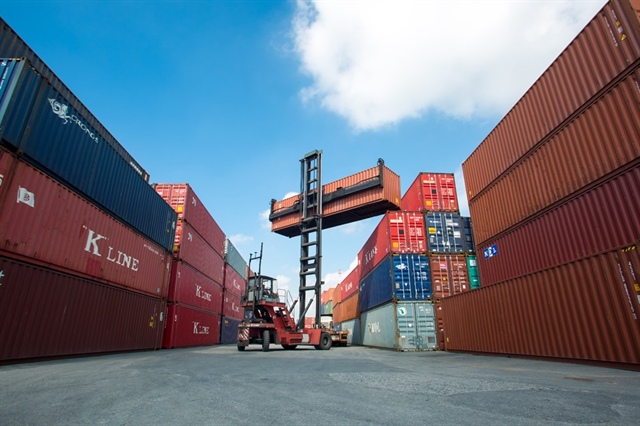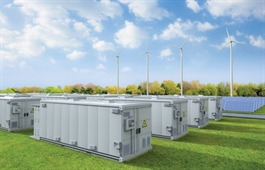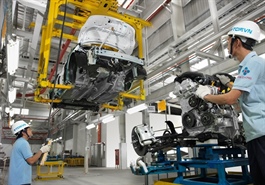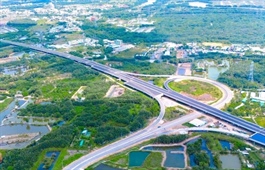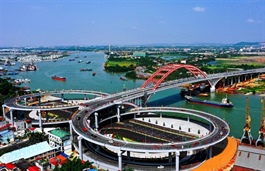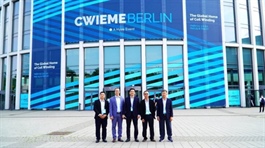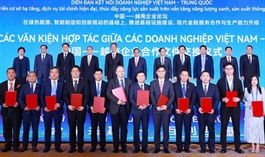FiTs now at risk through retroactive cuts
FiTs now at risk through retroactive cuts
During the 2017–2021 renewable energy boom, the government introduced feed-in tariff (FiT) mechanisms for solar and wind power to attract investment. Propelled by a 20-year fixed FiT, Vietnam swiftly became Southeast Asia’s renewable-capacity leader.
Yet, the breakneck expansion is overloading the grid and eroding Vietnam Electricity’s (EVN) finances, prompting the Ministry of Industry and Trade (MoIT), EVN itself, and the National Assembly Economic Committee to call for a comprehensive review of the FiT regime.

Ngu Truong, managing partner and Trang Nguyen, senior associate Vilasia |
Roughly 173 solar and wind power projects or subprojects, which the Government Inspectorate estimates a combined investment of about $13 billion, reached commercial operation date (COD) before or during 2021 without possessing a construction completion acceptance at COD. The Government Inspectorate in 2023 noted that these projects continued to enjoy the preferential FiT despite the missing acceptance, thereby causing losses to EVN.
The MoIT has asked EVN to review these projects, reassess their FiT eligibility, and recover or adjust tariffs for those that do not qualify, converting them to a lower purchase price.
The above proposal is, in substance, retroactive, applying a newly introduced requirement (an acceptance certificate) to invalidate previously recognised COD dates and to revoke the FiT enjoyed by these projects.
If implemented, more than 100 projects would lose their preferential tariff, and revenues would fall by 25-50 per cent.
Once stripped of the FiT, the electricity price would decline by roughly 25 per cent, to around 5 US cent/kWh; in addition, EVN intends to claw back past over-payments, cutting total project lifetime revenue by up to 50 per cent compared with the original scenario.
This would threaten to wipe out nearly all project equity and push many developers to the brink of default. Domestic and foreign investors have jointly petitioned the authorities to keep the FiT unchanged, warning that retroactivity would erode confidence, destabilise the investment climate and trigger protracted legal disputes.
Investors have several solid legal arguments to oppose the retroactive adjustment.
The first is non-retroactivity under Vietnamese law. Article 152 of the 2015 Law on the Promulgation of Legal Normative Documents and Article 13 of the 2020 Investment Law both enshrine the principle that new rules may not be applied retroactively to the detriment of investors or enterprises.
When these projects were granted COD status and signed their power purchase agreements (PPAs), no regulation required a construction-completion acceptance certificate as a precondition for enjoying the FiT.
That requirement arose in 2023. Applying this new condition to projects whose COD predates the regulation violates the statutory ban on retroactivity.
The second involves regulations and PPAs. Most projects had already executed PPAs with EVN using the MoIT’s standard template. Under those contracts, and under the legal decisions that established the FiT, the sole tariff conditions were achieving COD before the relevant deadline; and meeting certain technical requirements such as commissioning tests, an electricity-operation licence, and meter sealing.
Nowhere was construction completion acceptance required for COD recognition or entitlement to the FiT. Consequently, EVN’s unilateral proposal to amend the contract and apply a lower tariff retroactively breaches both the PPA and prevailing law.
Unilaterally cutting the tariff after the fact would breach the state’s commitments to investors and expose both the government and the state-owned buyer (EVN) to a range of serious legal risks.
Firstly, project owners could file claims against EVN in domestic courts for breach of the PPA. Given the clear evidence of late or insufficient payments at the contractual tariff, EVN would face a high likelihood of being ordered to pay arrears, default interest and damages.
Secondly, foreign investors have already warned that they may refer disputes to international arbitration if their rights are impaired. Vietnam could face multiple cases before tribunals such as ICSID or the PCA, each seeking hundreds of millions of US dollars in damages.
Finally, a retroactive measure would signal that Vietnam is willing to change the rules of the game mid-stream, undermining investor confidence and increasing the country’s perceived policy and legal risk.
Many countries have faced similar situations when retroactively curtailing renewable energy incentives, with costly lessons.
Spain, Czech Republic, and Italy have all faced the serious consequences of retroactive changes to renewable energy support schemes. Spain, a textbook case, scrapped its fixed FiTs for solar and wind between 2012–2013, violating investment treaty obligations and sparking over 40 investor claims under the Energy Charter Treaty (ECT).
Tribunals often ruled in favour of investors, with Spain ordered to pay billions. The Eiser case alone resulted in a €128 million ($150 million) award. Spain’s retroactive move continues to undermine investor confidence and was flagged by Fitch Ratings as raising legal and policy risks.
The Czech Republic similarly attracted investors with generous solar FiTs, then imposed a 26 per cent solar levy and removed price guarantees. While some arbitral panels sided with the Czech government – arguing that falling PV costs justified adjustments – others featured strong dissenting opinions on legal fairness, highlighting the ongoing controversy.
Italy also retroactively cut its Conto Energia FiTs through the 2014 Spalma-Incentivi decree, prompting multiple ECT claims. In Blusun v. Italy, the tribunal accepted Italy’s argument that reasonable returns sufficed. But in Greentech Energy v. Italy, the tribunal found Italy had breached investors’ legitimate expectations and ordered €15 million ($17.58 million) in damages. These mixed outcomes show retroactive policy remains highly contentious and risky for host countries.
Retroactively cutting the FiT may yield short-term savings for EVN, but it carries heavy legal and reputational risks: potential international-arbitration awards, higher financing costs, and weakened capacity to attract foreign investment and fund the green transition.
The lowest-risk path is to honour the pledged FiT or switch, under a transparent roadmap, to auctions or voluntary direct PPAs, strictly respecting the non-retroactivity principle. That approach protects the investment climate and safeguards Vietnam’s long-term energy security.
- 09:32 02/07/2025





